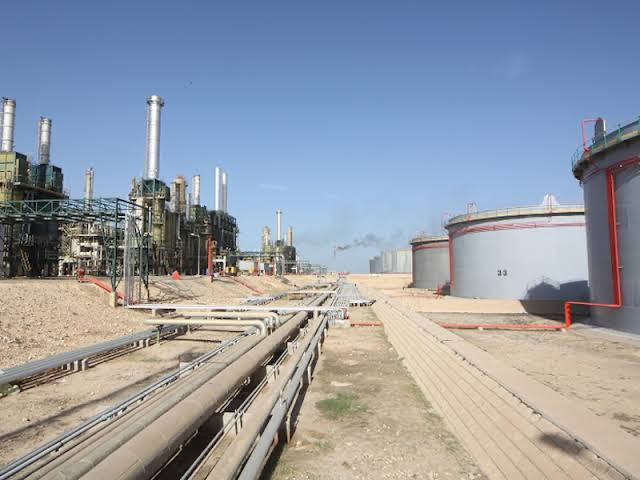Libya, one of Africa’s largest oil producers, has resumed full production at its biggest oilfield, Al-Sharara, after a two-week shutdown due to protests by local groups. The National Oil Corporation (NOC) announced on Sunday that it had lifted the force majeure and restored the normal output of 315,000 barrels per day at the southwestern site.
The reopening of Al-Sharara, which accounts for a quarter of Libya’s daily oil production, is a significant boost for the country’s economy, which relies heavily on hydrocarbon revenues. The NOC said it expected to reach the pre-closure level of 1.2 million barrels per day by the end of January, after losing about $480 million in lost sales during the shutdown.
The protesters, who called themselves the “Fezzan Gathering”, had demanded better living conditions, more development projects, and a fair distribution of oil wealth in the region. They said they had reached an agreement with the NOC, which promised to address their grievances. They also claimed to have received guarantees from military strongman Khalifa Haftar, who backs one of Libya’s two rival administrations.
Haftar, who controls most of the country’s oil facilities, has been locked in a power struggle with the UN-recognized Government of National Accord (GNA) based in Tripoli. The conflict has hampered Libya’s oil sector, which has suffered frequent disruptions and outages since the 2011 uprising that toppled and killed former dictator Moamer Kadhafi.
Despite the political and security challenges, Libya has managed to increase its oil production from less than 100,000 barrels per day in September 2020 to over one million barrels per day in November 2020, thanks to a ceasefire agreement brokered by the UN in October 2020. The deal also paved the way for the formation of a new interim government, which was sworn in last week and is tasked with leading the country to national elections in December 2021.
The NOC, which has remained neutral in the conflict, has welcomed the political progress and called for the protection of its oil installations from any interference or sabotage. It has also urged the international community to help lift the oil blockade imposed by Haftar’s forces in January 2020, which cost the country about $10 billion in lost revenues.
Libya, which sits on Africa’s largest oil reserves, has the potential to produce up to 1.8 million barrels per day, according to the NOC. However, it needs to invest in the maintenance and modernization of its aging infrastructure, which has been damaged by years of war and neglect. The NOC has estimated that it needs $60 billion to revive its oil industry and achieve its production target by 2024.
The resumption of Al-Sharara, which is operated by a joint venture between the NOC and four European companies, is a positive sign for Libya’s oil recovery and stability. However, the country still faces many uncertainties and risks, as the fragile peace process could collapse at any moment. The NOC has appealed to all parties to respect the sovereignty and integrity of its oil operations and to support its efforts to restore Libya’s oil wealth for the benefit of all Libyans.
Source: EnergyWorld



